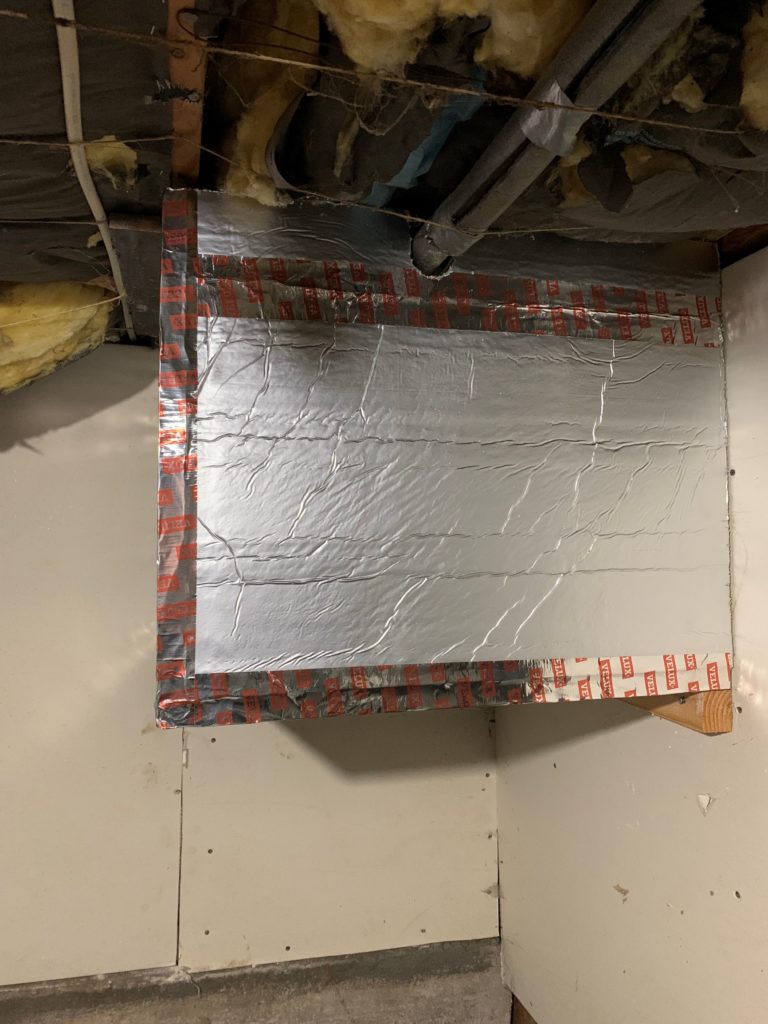Having lived in old and new houses, they both have their advantages. New houses are energy efficient, provide the conveniences that are desirable and laid out in a way that appeals to our sensibilities. I prefer the old personally, I like the character. But that does come with many drawbacks.
One of those drawbacks is that retrofits often damages the integrity of the building envelope (said more plainly: holes where there didn’t used to be). Another one is materials built for one function but used differently. For example, windows were built to operate. Because they were made of wood, tolerances needed to accommodate for thermal movement and swelling due to water. So, there was some play in how tightly they fit in the jamb. So, if there is no weather stripping, this becomes a perfect place for a lot of air leaking.
One of the podcasts that I listen to, the Fine Homebuilding podcast talks a lot about this subject. Believe me, it seems like there is a lot to know on this subject particularly when it comes to HVAC sizing, efficiency and comfort. In my case, I don’t have to go to higher tech testing or solutions to find some high value and low cost improvements.
When I started working in the basement, it was winter. The normal temperature was around 57 degrees before the heat came on. If I ran the heater all day, I would see the temperature come up to 64 degrees by the end of the day. As we have moved into summer, the ambient temperature changed to around 62 degrees. It is still too cold to be comfortable in most cases. This was the first driver to build my office space was the desire to be more comfortable during the day.
As I moved to the north end of the basement, I could actually feel the temperature get colder. I knew that there was outdoor air leakage, but I took some pictures that your could see a couple of problems.
It doesn’t take a lot of imagination that when you see daylight that there is air leakage happening (not to mention water and vermin). I was looking around right before the heat wave and I saw something that not only could I address but it would be helpful. Under our kitchen is a crawlspace and that is vented directly outside. Essentially, the basement has the leaks shown but also 2 square feet of holes directly to the outside.
I had leftover rigid insulation so I built a box around the hole. As a result, I have seen morning temperatures move from 62 to 68 degrees. I have no doubt that in the winter it will be somewhat colder I am guessing add five degrees to 57 but I guess we will see.
There is one drawback to this modification which I have considered. Potentially, the air leakage in the winter provided a degree of warmth that kept pipe freezing to a minimum. I have had freezing on the hose bibs before but never in the kitchen plumbing. I may decide to remove this modification if the temperatures get significantly below freezing.
I do have one other option. It is not clear from the picture, but there is heat tracing on the piping. Most of it is in suspect condition and I have been removing it wherever it is in the way but I could hook it back up and then I wouldn’t have to remove my new box.
End Your Programming Routine: While there is no doubt that my results are anecdotal and not scientific I saw immediate change the day after installation. The cost was free since I did not have to purchase anything additional and it took me about two hours to build, fit and install the box. I expect that this will not only make the basement more comfortable, but also I think it will have an small energy impact on the whole house. At the very least, I will not need to run the heater so much in the basement.



Recent Comments